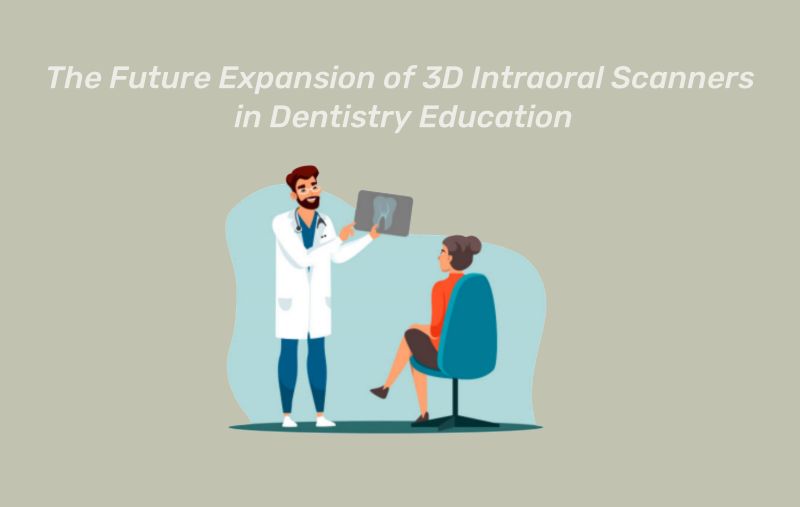
Dentistry is a progressive, ever-growing health profession, which has a very promising future. In the foreseeable future, 3D intraoral scanners are expected to be increasingly utilized in the field of dentistry education. This innovative approach not only enhances learning outcomes but also prepares future dentists for the digital era of dentistry.
Traditionally, dental education heavily relied on conventional teaching methods, including lectures, textbooks, and hands-on exercises with physical models. While these methods remain valuable, they often fall short in providing students with real-world, practical experiences that mirror the complexities of modern dental practice. Here's where 3D intraoral scanning technology steps in to bridge the gap between theory and practice.
First and foremost, the introduction of 3D intraoral scanning technology revolutionizes the way students learn about dental anatomy, occlusion, and pathology. With these scanners, students can digitally capture highly accurate and detailed representations of the oral cavity in a matter of minutes.
Furthermore, 3D intraoral scanning technology facilitates interactive learning experiences by enabling students to manipulate digital models in real-time. They can zoom in on specific areas of interest, rotate models for better visualization, and even simulate various treatment scenarios. This interactivity not only engages students more effectively but also deepens their understanding of complex dental concepts.
Moreover, integrating 3D intraoral scanning technology into dental education curricula cultivates essential skills that are crucial for success in digital dentistry. Students learn how to operate these scanners, acquire proficiency in digital impression-taking techniques, and gain hands-on experience with CAD/CAM software for virtual treatment planning.
Beyond technical skills, the integration of 3D intraoral scanning technology fosters critical thinking and problem-solving abilities among dental students. They learn to analyze digital scans, identify abnormalities, and develop comprehensive treatment plans based on digital data. This analytical approach not only enhances diagnostic accuracy but also instills confidence in students as they transition from the classroom to clinical practice.
Nowadays, many excellent graduates in dental disciplines are widely using Launca intraoral scanners to provide superior dental treatments for their patients and gain practical experience.
In conclusion, the integration of 3D intraoral scanning technology into dental education curricula represents a significant step forward in preparing future dentists for the challenges and opportunities of digital dentistry.
Post time: Mar-18-2024





